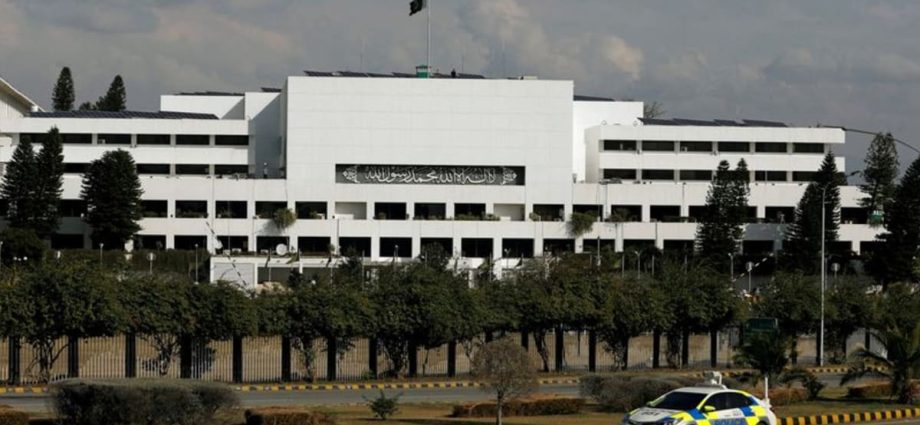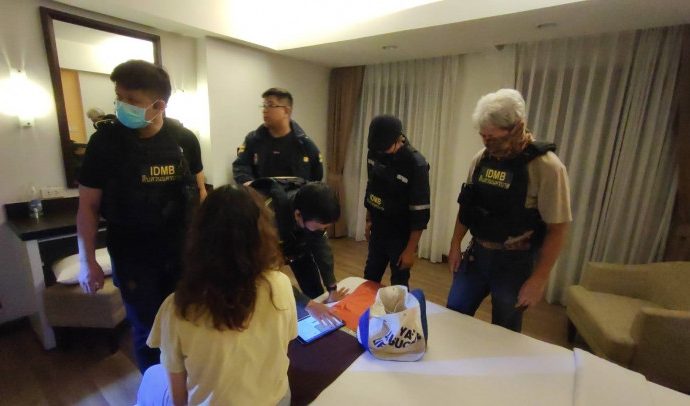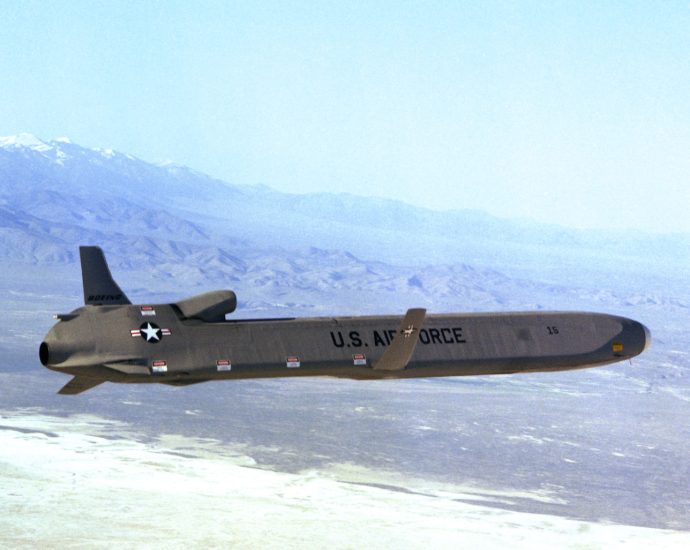Pakistan PM, opposition to meet, deadline looms to name caretaker premier
KARACHI, Pakistan: Pakistan Prime Minister Shehbaz Sharif will meet opposition leader Raja Riaz on Saturday (Aug 12) in a final bid to reach an agreement on a name for a caretaker premier ahead of a general election, local television channel Geo News reported. The person chosen will name a cabinetContinue Reading















